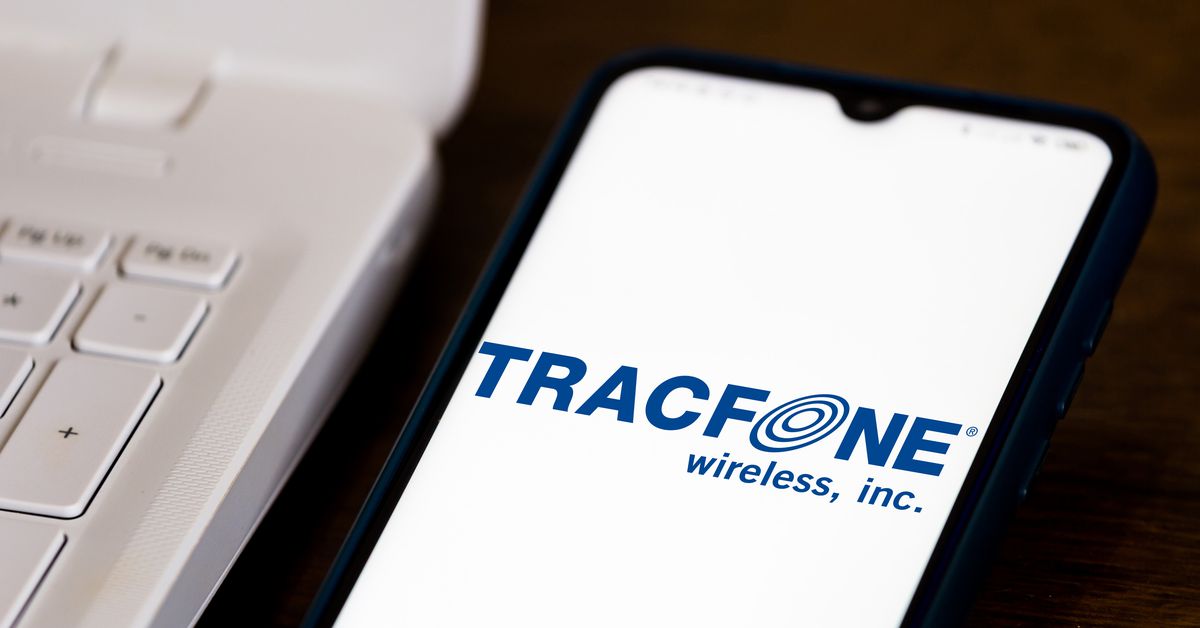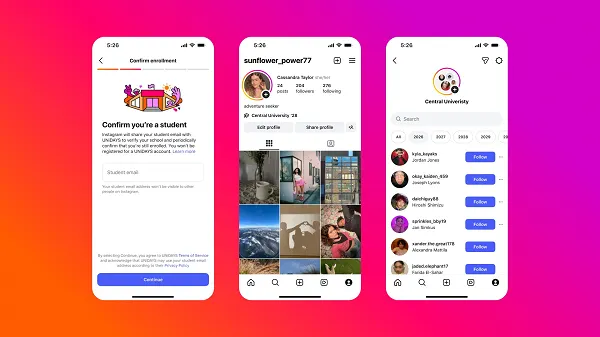Chatbot Testing: How to Get it Right from Scratch
“Hi, if you have any questions, I am here to help.” “Hi, let’s chat; we are here to help.” “Hi, we are live and ready to chat with you.” “Ask something to start a live chat.” Have you received...

“Hi, if you have any questions, I am here to help.”
“Hi, let’s chat; we are here to help.”
“Hi, we are live and ready to chat with you.”
“Ask something to start a live chat.”
Have you received such messages from pop-up-based screens or when you visit any website? Of course, you had. Since chatbots ask such questions and are the leading part of the marketing trend, it is evident that any business dealing directly with customers is likely to foster the chatbot practice.
However, if you don’t know what chatbots are and why QA matters for a successful chatbot launch, make sure you don’t hesitate to take your project to some of the best software testing companies providing chatbot testing support.
This is because working on chatbots needs you to understand first that a Chatbot is a computer program that uses AI (Artificial Intelligence) technology to help humans interact with it. And, with the help of AI technology or various input methods such as voice, text, 24/7 365, touch & gesture, Chatbots respond to spoken or written language.
Furthermore, one of the best things about Chatbots is that you can embed them in any messenger app. Additionally, they are famous for different names such as IM bot, Talkbot, Chatterbots, Artificial Conversation Entity, Interactive Agent, etc.
Nevertheless, the two major types of chatbots which are very popular in the market, include Rule-based & AI-based Chatbots. The rule-based chatbots are called decision-tree bots, and they use a set of flows, rules, and triggers to respond to the user’s specific commands. On the other hand, AI-based chatbots use Artificial Intelligence technology or technique to understand the human language with sentiments.
Sounds, everything is alright with Chatbots? But, in reality, Chatbots are manually programmed and generally follow a decision tree. Also, they are very complex in nature and actually are not the same as a human agent.
They just understand those queries which are manually added or programmed by developers. Due to many limitations or problems in chatbot’s accuracy, functionality, accessibility, it becomes necessary to know the importance of chatbot testing that leverages AI-based planning because testing aims to remove all flaws present in your chat or chatterbot.
Not only this, but also, with testing, you can ensure that all significant features of the chatbot will work as intended, and you will be able to satisfy your organization’s pre-defined user expectations.
What are the Major Metrics to Follow While Chatbot Testing?
Here are some metrics you need to focus on and test to gain the highest success rate for your chatbots.
Conversational Flow – Testing a Chatbot’s conversational flow is essential. Everything in a chatbot is flow-based, which means it works according to pre-defined rules or methods, or you can understand that conversations are mapped out like a flowchart. For example, when a customer initiates a chat or conversation, the chatbot guides them through the step-by-step conversation flow chart. Usability & User Experience – Getting a usability test of your chatbot is another case that you have to consider to improve the effectiveness, efficiency, and satisfaction of specified users in a particular environment. User experience is defined as all elements of the user’s experience in which they engage with the product, service, facility, or environment. Similarly, it includes all user experience factors when they interact with any product or service or in a particular environment. For chatbots, you have to ensure that it is usable by your users very well, or they will get a great user experience while conversing with your chatbots. NLP Score – simply, NLP is an applied AI (Artificial Intelligence) Program that helps your chatbot analyze and understand the natural human language used by your customers. Besides, chatbots can understand the intent of the conversation and also respond to your user’s queries. Therefore, to deliver higher accuracy rates in every single response, one should first understand the new perimeter of bots and perform testing on them. In other words, to improve the success rate of bots’ answers, you should have an effective software testing strategy in hand and then perform the correct type of testing to keep your customers satisfied and extremely happy. This process eventually helps you reduce customer service costs as well. Bot Speed – Performance testing is also vital to enhance the speed of your bots as your users don’t have patience. In this case, if the chatbot takes time to respond based on their queries, then your users will take a few seconds to leave your website. Therefore, to help your users stay on your platform for longer, you should perform Software Testing to ensure that your chatbot will work fine and allow your users to get immediate answers to their questions. Bot Accuracy- It is another factor that you have to take care of. Well, your users don’t know anything about the chatbot. According to them, they chat with your support team, which is knowledgeable, and assume that they will get every single answer to their queries. Make sure you have built the bot to generate leads and to turn the leads to customers. Thus, in this case, if you don’t conduct relevant testing, then there is no guarantee whether your users will get accurate answers or not or whether your bot will function accurately or display bottlenecks. To avoid this situation, you must consider Chatbot Testing Services to test your Chatbot software with AI-based planning. Conversation Steps- The quality of conversation should be improved. If the user asks any query from your chatbot, then the answer should be relevant, and the workflow of your conversation design should be efficient. Therefore, chatbot Testing is essential to improve some elements like UX, Chatbot, Conversational Interfaces, Conversation Design, Posts, etc. Apart from that, with chatbot testing, you can allow the chatbot to identify the personality and tone of your users. Also, it will help manage failure, user flow design, NLU components, and all the necessary elements that ensure the success of bots.How to Test a Chatbot from the QA Point of View?
Below are some critical considerations for QA experts while developing the chatbot testing approach, frameworks, and techniques.
Identity Use Cases for the Chatbot: Prepare a list of questions with potential responses for every scenario and prioritize them according to their significance.
Understand Two Main Aspects from a Testing Standpoint: You need to consider two factors while testing – the conversational capability of the chatbot & the degree of intelligence that your users/customers expect from it. Though most chatbots enable different types of data, so based on that, the data should be clearly identified and documented.
While testing, you should define the testable requirement with the KPI (Key Performance Indicator) for each use case. Doing this can ensure that everything is alright with your chatbot and it will work as intended. On the flip side, from the technology point of view, you should understand the Chatbot KPIs because they include several steps and perform the request based on the number of users. Some examples of business KPIs are Self-Service Rates, the Average Customer Rating, and the Sales Conversation Rate.
Understand the Underlying Architecture: After defining the testable requirements, you should understand the underlying architecture with the chatbot’s technology for each use case.
Perform Voice Testing: Aside from this, conversation and voice testing should be involved in test scenarios to interpret non-verbal cues and recognize speech patterns. In addition, one should conduct testing in the right way and consider Omni-channel Compatibility Testing to assure a similar look and feel & responses for multiple channels.
From a Non-Functional Standpoint: As discussed earlier, performance testing is a must to boost the speed of the chatbot, like its responding capabilities. Similarly, one should get a security test to ensure compliance, including authentication, authorization, and encryption of conversations.
Different Types of Chatbot Testing: Generally, there are several chatbots available on different websites. Whether it is a healthcare company, personal finance-based company, or any brand, today, almost every website has its unique chatbot.
Due to this, one should consider chatbot testing services as per the unique business goals and requirements. However, in general, numerous types of testing options are available for chatbots, such as:
Onboarding & Personality Testing: this type of testing usually involves the chatbot behavior for any new or existing user boarding the website. This type of test usually defines the personality or behavioral traits of the chatbot in response to any queries raised by the user. NLP Testing: NLP or Natural Language Processing Testing is about testing the chatbot to interpret the language for the intention and thought to lead to more natural interactions. Domain-Specific Testing: Domain-specific testing is a process that is meant to test the application for the given inputs and evaluate them for the outputs. This technique usually works for domain-specific projects where testers need to filter specific test cases from numerous test options. Conversational Flow Testing: Conversational Flow Testing is one of the most essential components of the chatbot test process. It is meant to check on the progression of ideas and responses for effortless conversation between the bot and the user. A/B Testing: A/B Testing in chatbots allows you to create different user groups, enabling you to identify the maximum potential of chatbots for added performance. Context Remembrance & Switch Testing: When aiming to offer a smooth user experience navigating through your website, a chatbot is usually run through switch testing and context remembrance to ensure it performs well for any change in scenarios. Regression Testing: Regression testing is the practice of running all the functional and non-functional tests on the given system to ensure proper working even after any changes are made on features or code. Crowd Testing: This is more of a real-time test practice where a large group of testers performs simultaneous tests on the chatbot to identify any performance gaps or points of failure. Performance Testing: Performance testing in a chatbot is done to see how well the chatbot could sustain the output for the concurrent users while analyzing any variations in the response time. Limit Testing: As understood by the name, limit testing is done to identify the possible breaking points of the system (which can also be called the point of saturation). This is usually done to test the point of failure and identify any impurities that may cause damage to the system only after a particular stage. Multilingual Testing: Since chatbots are all about conversations, multilingual testing helps testers to confirm that the bot can understand the country of origin, preferred language, or geographical location of the user to lead the conversations. Spell Checking Testing: Last but not least, since chatbots are made to navigate the users smoothly through the website, spell-checking testing is done to avoid any inconvenience to the user in understanding the instructions shared by the chatbot.However, based on your chatbot goals and project needs, you can choose any of the above-mentioned testing practices to help you meet the purpose and make your chatbot successful.
In short, according to chatbot statistics, about 1.49 million people are using chatbots, and soon you may see this technology grow at a faster pace. But, the success of chatbots depends on the quality from a functionality and a usability standpoint. Thus, don’t forget to invest in Chatbot testing practices as it is the primary key to help your chatbot become a highly-competent and 100% excellent in terms of business operations.
Image Credit: Tara Winstead; Pexels; Thank you!
Kanika Vatsyayan
Kanika Vatsyayan is Vice-President – Delivery and Operations at BugRaptors who oversees all the quality control and assurance strategies for client engagements. She loves to share her knowledge with others through blogging. Being a voracious blogger, she published countless informative blogs to educate audience about automation and manual testing.

 Kass
Kass 
































